Discover the Hidden Treasures of Li Family Courtyard: A Journey Through History
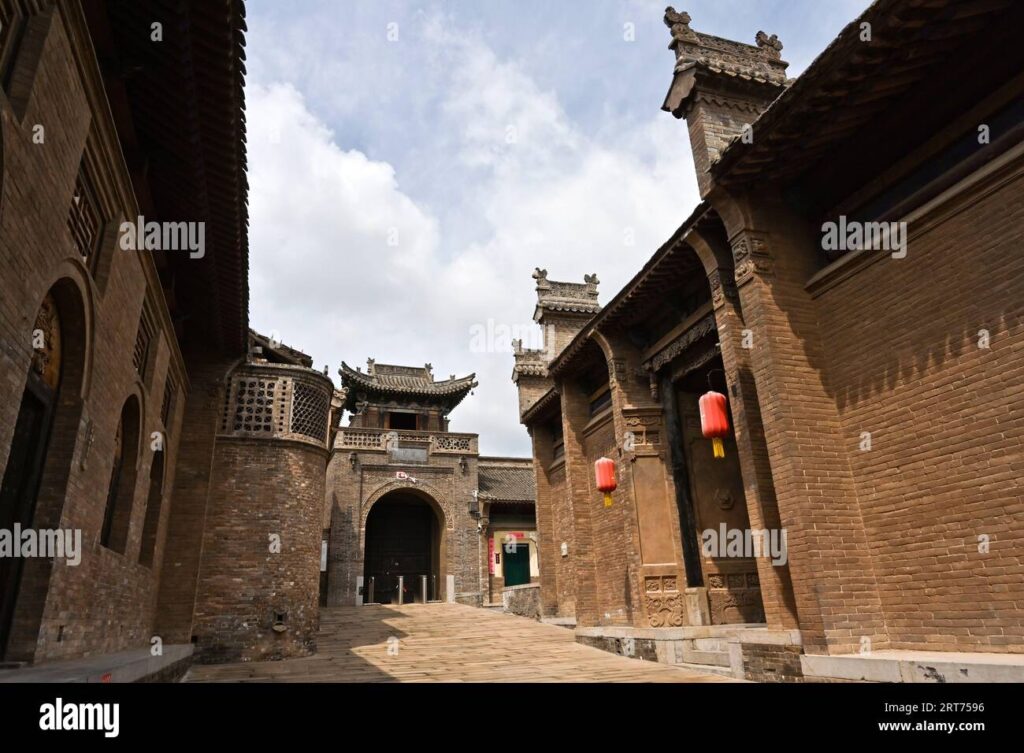
An Essential Guide to Visiting Li Family Courtyard
In This Guide
- An Essential Guide to Visiting Li Family Courtyard
- The Rich History and Legends of Li Family Courtyard
- Main Highlights: What You Absolutely Can’t Miss
- Planning Your Visit: A Practical Guide
- Tickets: Prices, Booking, and Tips
- How to Get There: A Complete Transportation Guide
- Local Cuisine and Accommodation Nearby
- Frequently Asked Questions
- Final Thoughts on Your Trip
Nestled in the picturesque Yanjing village of Wanrong County, the Li Family Courtyard (李家大院) stands as a testament to the rich tapestry of Chinese history, architecture, and culture. Constructed during the reign of the Daoguang Emperor in the Qing Dynasty, this grand residence was home to Li Ziyong, a prosperous merchant whose life story intertwines with the evolution of Shanxi’s merchant culture.
As you approach the courtyard, you will be captivated by its unique architectural fusion that showcases Chinese, Japanese, and European styles. This remarkable blend reflects not only the affluence of the Li family but also their cosmopolitan connections—Li Ziyong himself studied in Britain and brought back elements of Western architecture to his homeland.
The complex boasts 11 well-preserved courtyards out of the original 20, along with an ancestral temple and gardens that cover a sprawling 100,000 square meters. Each courtyard is adorned with exquisite carvings and inscriptions that echo the family’s ethos of benevolence and education, reminding each generation to engage in acts of kindness. The character “shan” (善), meaning benevolence, is inscribed on the walls, a daily reminder of the values that the Li family held dear.
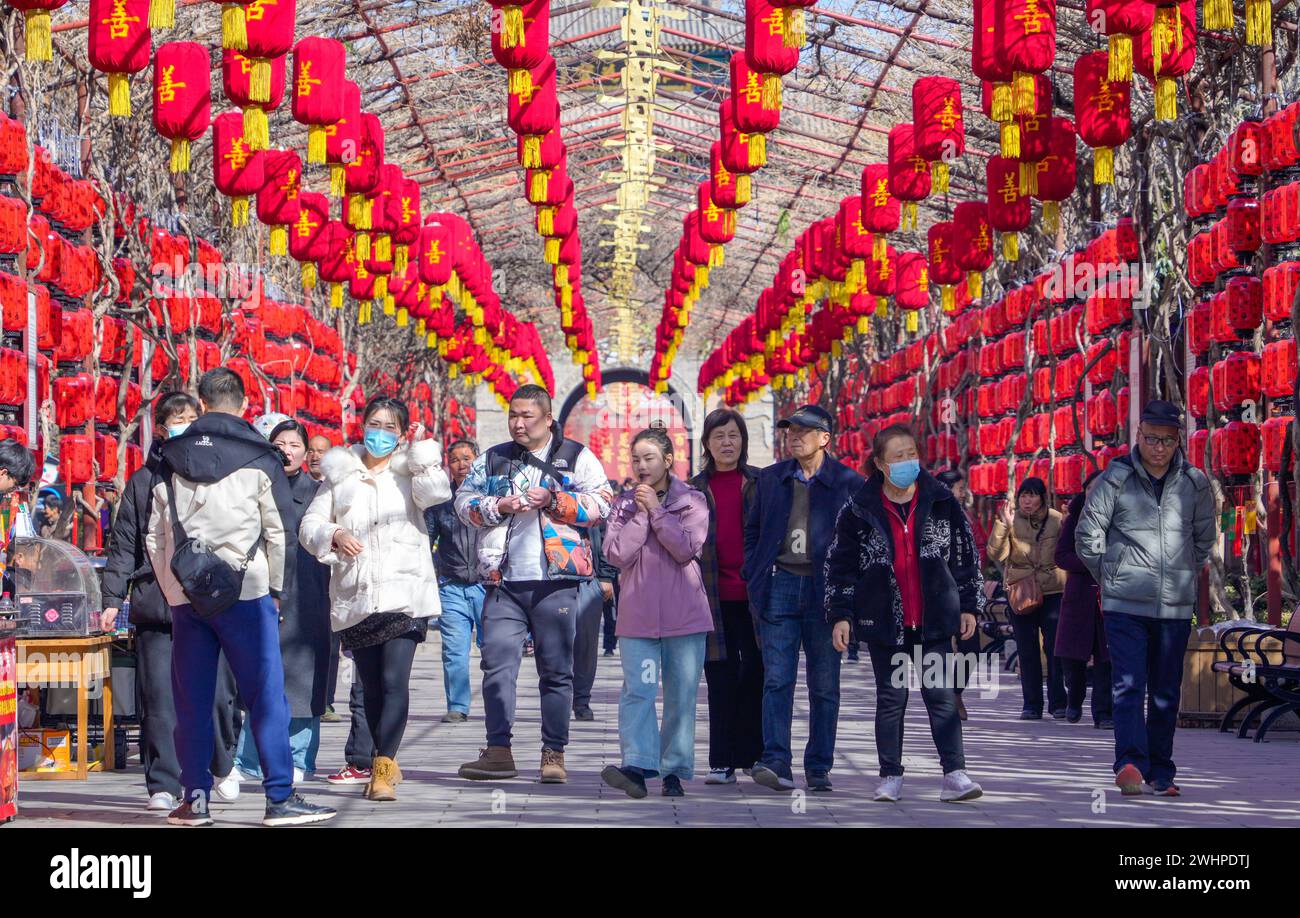
Li Family Courtyard.
Visiting the Li Family Courtyard offers an immersive experience into the life of one of Shanxi’s most esteemed families. With its artistic and historical significance, this site is not just a visual feast but also a profound narrative of resilience, cultural exchange, and the evolution of business acumen in China. Whether you’re an architecture enthusiast, a history buff, or simply a curious traveler, the Li Family Courtyard promises to enrich your understanding of Chinese heritage. Prepare to be transported through time as you explore this magnificent dwelling, where every corner tells a story and each inscription resonates with the wisdom of ages past.
The Rich History and Legends of Li Family Courtyard
A Journey Through Time: The Rich History and Legends of Li Family Courtyard
Nestled in the picturesque Yanjing village of Wanrong County in Shanxi Province, the Li Family Courtyard (李家大院) stands as a remarkable testament to the grandeur of Chinese merchant culture during the Qing Dynasty. Built during the reign of the Daoguang Emperor (1821-1850), this architectural marvel was the residence of Li Ziyong, a wealthy merchant whose influence and affluence left an indelible mark on the region.
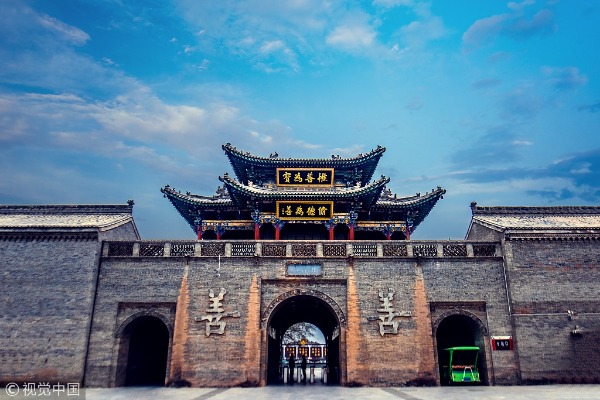
Li Family Courtyard.
Architectural Fusion
One of the most striking aspects of the Li Family Courtyard is its eclectic architectural style, which seamlessly blends Shanxi-style courtyards with elements of Hui architecture from southern China and European Gothic designs. This unique fusion reflects not only the wealth of the Li family but also their openness to cultural exchange. Li Ziyong’s studies in Britain and his marriage to a British woman inspired the incorporation of Western architectural elements, making the courtyard a rare example of cross-cultural architectural synthesis in Shanxi.
The structure consists of 11 well-preserved courtyards out of the original 20, encompassing 146 rooms. The arrangement around a central quadrangle exemplifies traditional Chinese residential design, while intricate carvings in brick, stone, and wood showcase the folk artistic traditions of the Han nationality in southern Shanxi. These details celebrate the family’s values, such as prosperity, longevity, and education, all of which are deeply rooted in Chinese culture.
The Legacy of Benevolence
The Li family’s rise to prominence was not solely due to their financial acumen; their commitment to social responsibility also played a significant role. Inscribed on the walls of the courtyard are the characters for shan (善), meaning benevolence, a daily reminder for family members to engage in good deeds. This ethos of altruism was pivotal in shaping their identity, distinguished from other merchant families of the time.
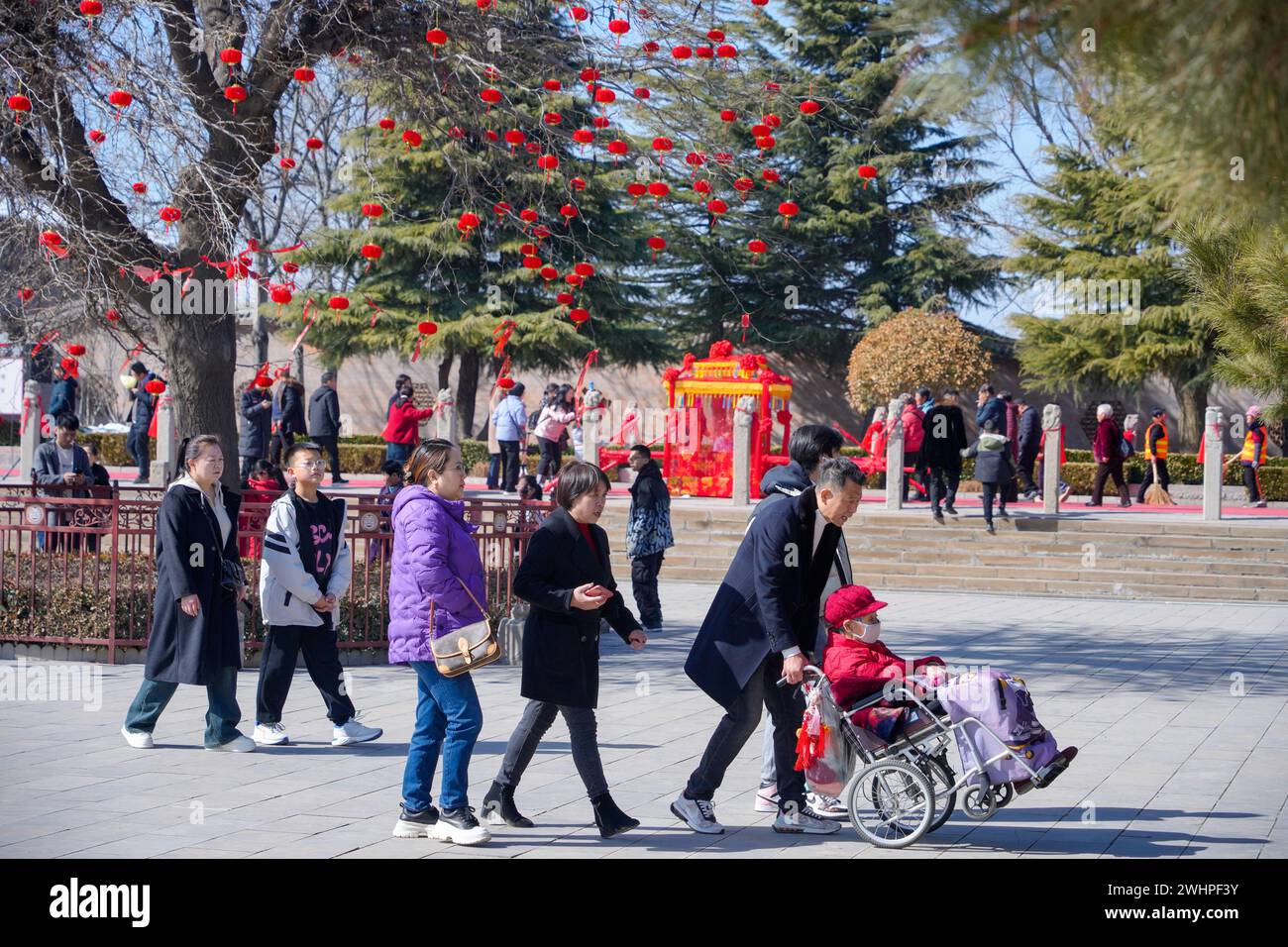
Li Family Courtyard.
Li Ziyong’s educational philosophy emphasized practical knowledge over rote learning, encouraging his descendants to be thinkers and innovators. The family motto, which underscores the importance of cherishing the simple things in life, served as a guiding principle throughout generations. This emphasis on education and moral integrity propelled the Li family from traditional agriculture into successful ventures in commerce and industry, ultimately establishing themselves as national capitalists.
Cultural Influence and Modern Legacy
The legends surrounding the Li Family Courtyard extend beyond its architectural and historical significance. The influence of Li Ziyong’s British wife brought progressive ideas to the family, advocating for gender equality, education for women, and an appreciation for the arts. Her impact is evident in the values instilled in the children, who were encouraged to pursue knowledge and artistic expression.
Today, the Li Family Courtyard is not just a relic of the past; it is a vibrant cultural site that attracts visitors from around the globe. With its expansive gardens and ancestral temple spanning over 100,000 square meters, it provides a serene environment for reflection on the intricate tapestry of Chinese history and culture.
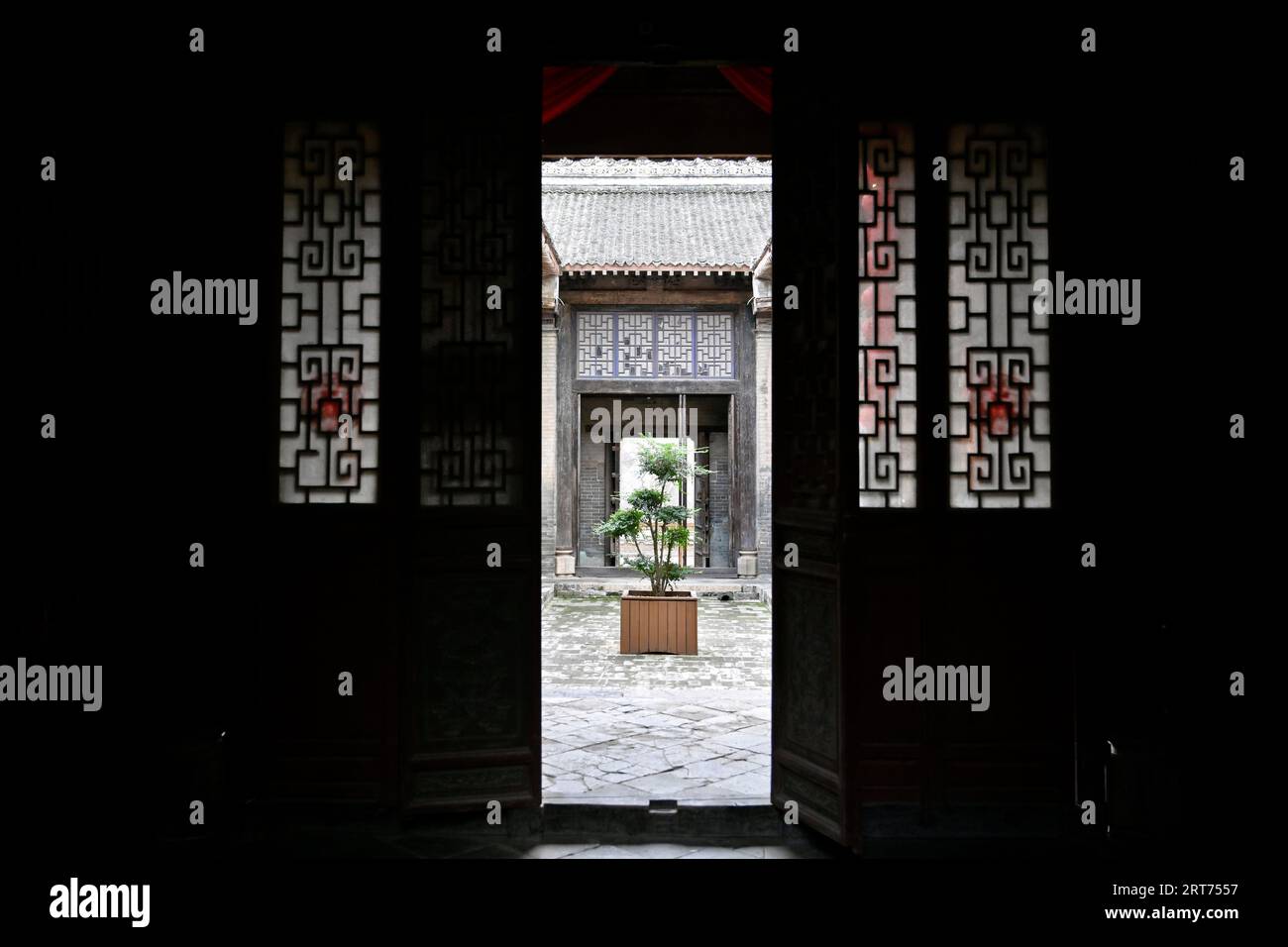
Li Family Courtyard.
Visiting the Li Family Courtyard
For international travelers seeking a deeper understanding of Chinese heritage, a visit to the Li Family Courtyard offers a unique glimpse into the lives of Shanxi merchants. The well-preserved architecture, combined with the rich narratives of benevolence and cultural exchange, makes it a must-see destination. As you stroll through the courtyards, take a moment to absorb the stories etched into the very walls, and reflect on the enduring legacy of the Li family—a legacy that continues to inspire generations.
Whether you are a history buff, an architecture enthusiast, or simply curious about the rich cultures of China, the Li Family Courtyard promises a captivating experience that transcends time and place.
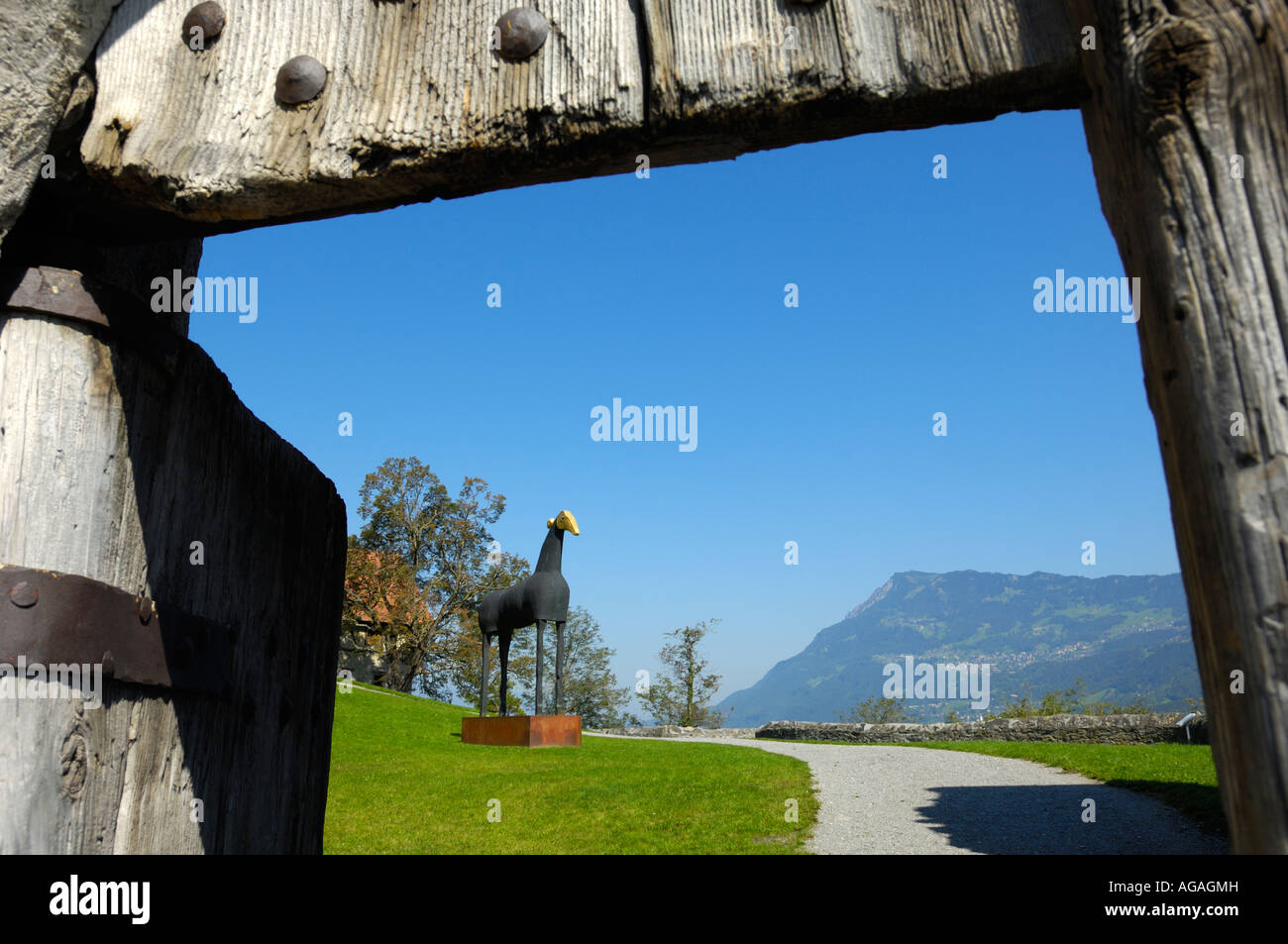
Li Family Courtyard.
Main Highlights: What You Absolutely Can’t Miss
Discover the Li Family Courtyard: A Cultural Treasure in Shanxi
When you step into the Li Family Courtyard, you’re not just entering a historic residence; you’re immersing yourself in a rich tapestry of Chinese history and culture. Nestled in Yanjing village, Wanrong County, approximately 38 kilometers north of Yuncheng city, this magnificent courtyard complex stands as a testament to the opulence and philanthropic spirit of the Li family during the Qing Dynasty. Here are the main highlights that you absolutely cannot miss during your visit:
Architectural Marvels
-
Cultural Fusion: The Li Family Courtyard is a stunning representation of architectural diversity, showcasing a blend of Chinese quadrangle layout, Japanese sliding doors, and European Gothic elements. This unique combination reflects the family’s connections and influences, particularly from Li Ziyong’s time spent studying in Britain, where he married a British woman.
-
Intricate Designs: The courtyard features elaborate brick, stone, and wood carvings, along with ornate ironwork, all echoing the folk art traditions of the Han nationality. Pay attention to motifs symbolizing prosperity, longevity, and happiness, which are prevalent throughout the space.
Historical Significance
-
The Legacy of Li Ziyong: As the residence of Li Ziyong, a pioneering merchant, the courtyard is a symbol of the transition from traditional agrarian life to modern commerce. The family’s success in various industries is attributed to their emphasis on education and benevolence, values that are inscribed throughout the courtyard.
-
Benevolence Inscriptions: One of the most poignant features of the courtyard is the 365 inscriptions of the character “shan” (善), meaning benevolence. These serve as daily reminders to the family to engage in good deeds, reflecting their commitment to social responsibility.
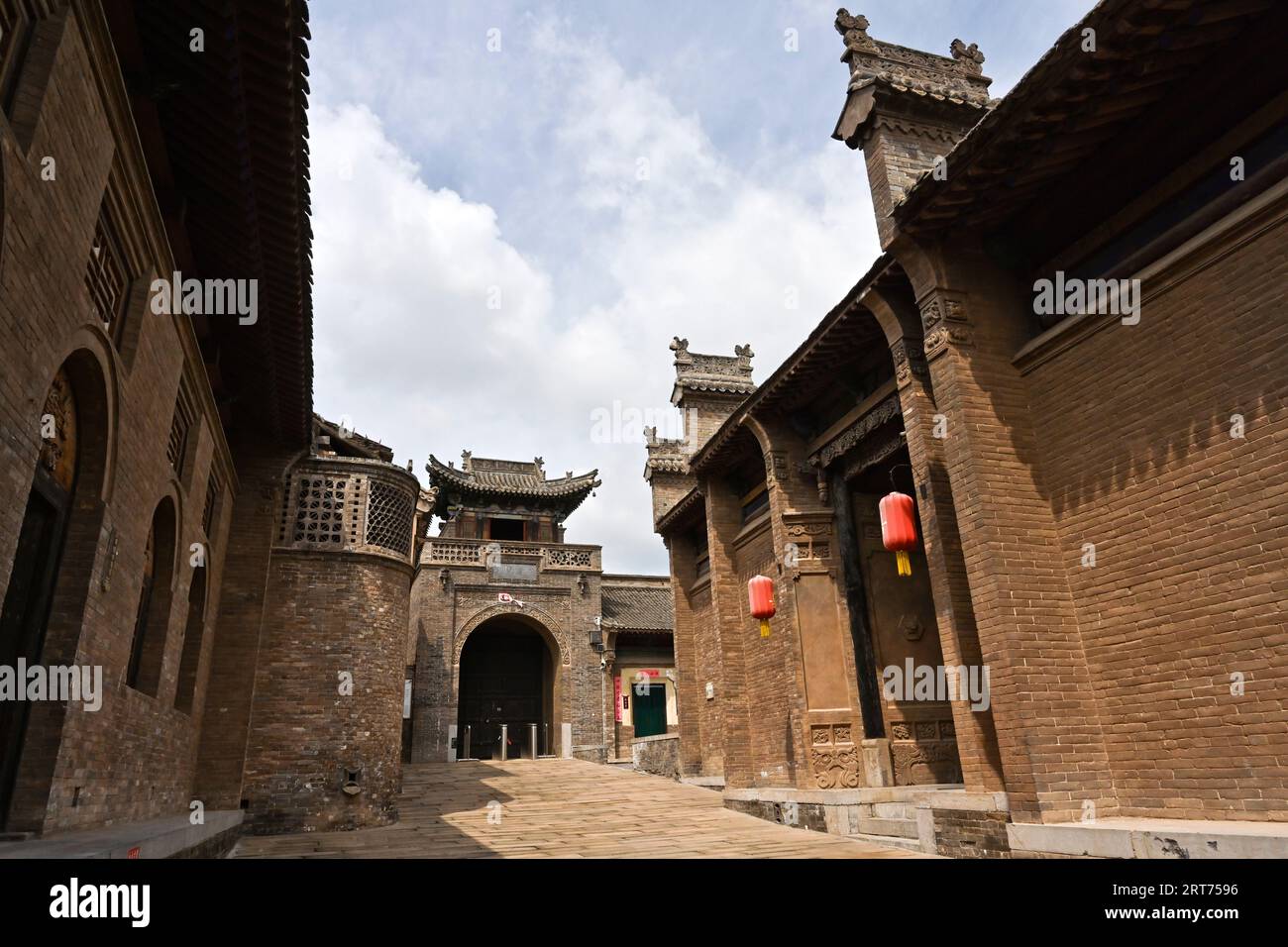
Li Family Courtyard.
Explore the Layout
-
The Courtyard Structure: Originally consisting of 20 courtyards, 11 remain well-preserved, including an ancestral temple and a sprawling garden that covers approximately 100,000 square meters. The layout is designed for privacy, with a central courtyard that encourages light and ventilation, making it a serene oasis.
-
The Ancestral Temple: Don’t miss the ancestral temple, a revered space where the family honored their ancestors. Here, you can gain insight into familial traditions and the importance of lineage within Chinese culture.
Visiting Tips
-
Recommended Duration: Plan to spend 2-3 hours exploring the courtyard to fully appreciate its architectural details and historical context.
-
Opening Hours: The site is open daily from 8:00 AM to 6:00 PM, with the last admission at 5:30 PM. Be sure to check for any seasonal changes in hours.
-
Accessibility: The courtyard is located within easy reach of Yuncheng city, making it a convenient stop for both history enthusiasts and casual travelers.
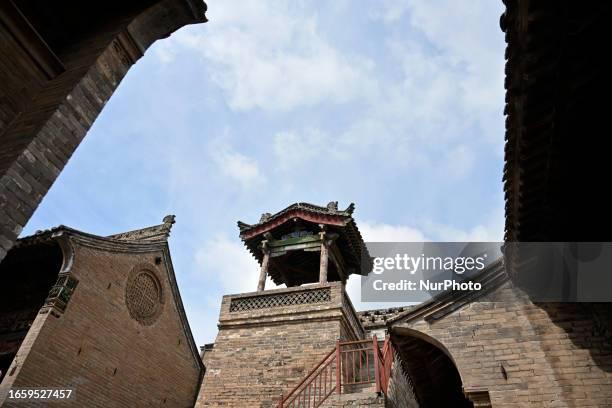
Li Family Courtyard.
Local Insights
-
Cultural Events: If your visit coincides with local festivals or cultural events, take the opportunity to witness traditional performances or workshops that showcase Shanxi’s rich heritage.
-
Nearby Attractions: After visiting the Li Family Courtyard, consider exploring nearby sites such as the Yuncheng Folk Custom Museum or the Shanxi Charity Museum to deepen your understanding of the region’s history and culture.
The Li Family Courtyard is more than just a historical site; it is a living narrative of cultural exchange, family values, and the evolution of commerce in Shanxi. Make sure to include this remarkable destination in your travel itinerary to experience the grandeur of China’s past firsthand.
Planning Your Visit: A Practical Guide
Essential Information for Your Visit to the Li Family Courtyard
Nestled in the historical region of Shanxi Province, the Li Family Courtyard (李家大院) stands as a remarkable testament to the area’s rich merchant culture and architectural diversity. A visit to this grand courtyard offers a unique glimpse into the lives of one of Shanxi’s most prominent families and the intricate blend of cultural influences that shaped their residence.
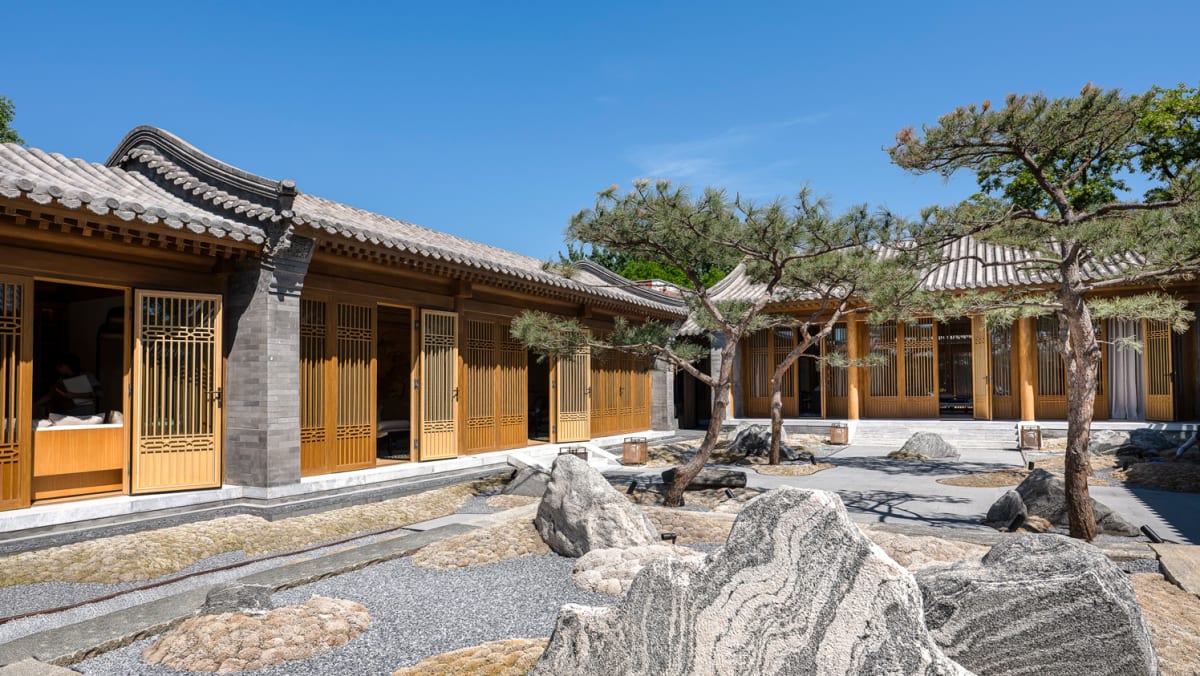
Li Family Courtyard.
Location and Accessibility
- Address: Yanjing Village, Gaocun Town, Wanrong County, Yuncheng City, Shanxi Province, China
- Distance: Approximately 38 kilometers north of Yuncheng City
- Contact: +86-359-4823278
Opening Hours
- Daily: 8:00 AM – 6:00 PM (last admission at 5:30 PM)
- Recommended Duration: Plan to spend 2-3 hours exploring the courtyard and its surroundings.
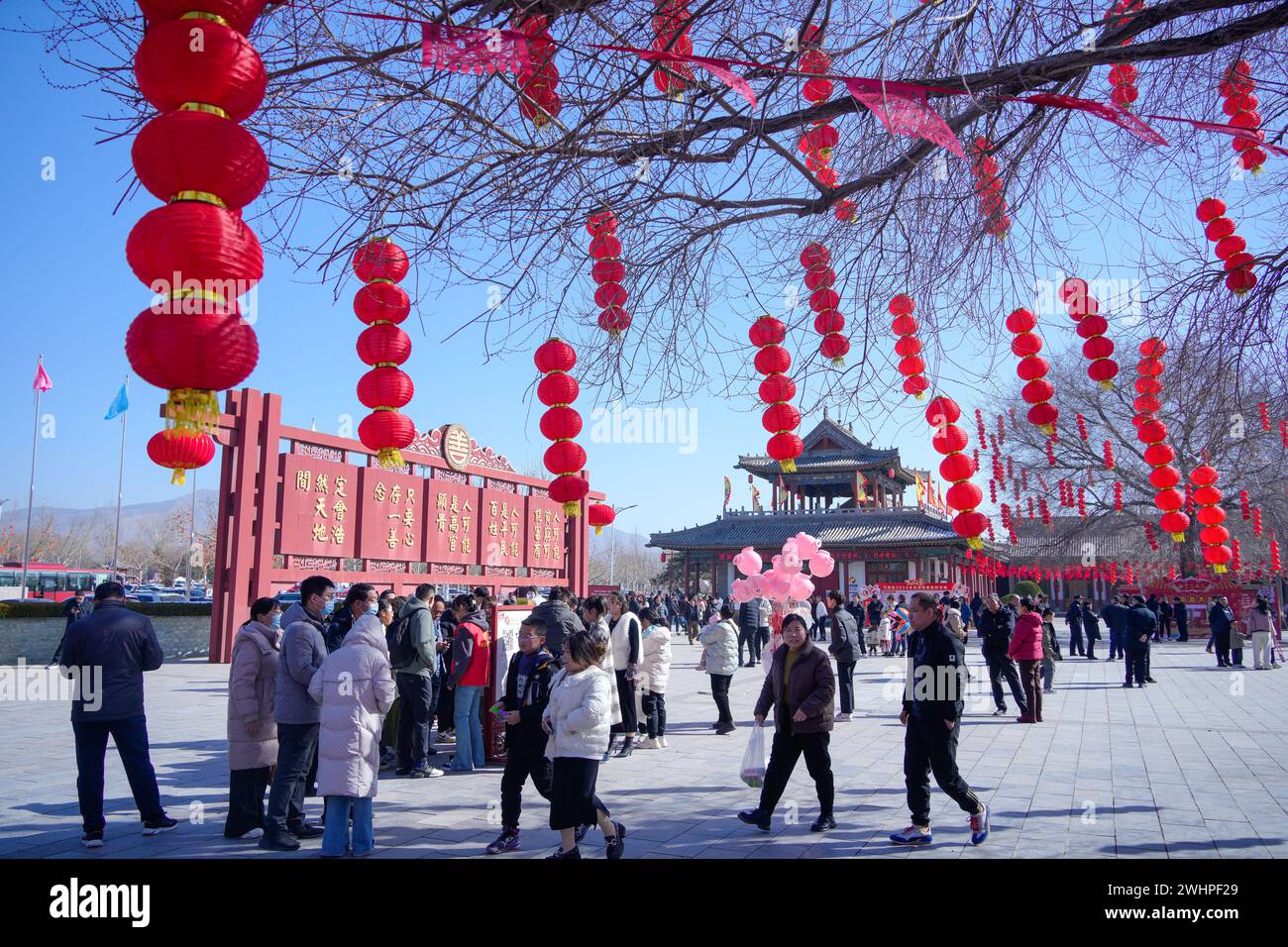
Li Family Courtyard.
Admission Fees
- Check local listings or call for up-to-date ticket pricing as rates may vary across seasons.
Getting There
- By Train: The nearest major railway station is in Yuncheng. From there, you can take a taxi or local bus to Wanrong County.
- By Car: Renting a car or hiring a local driver can be an excellent way to explore the scenic countryside leading to the courtyard.
What to Expect
The Li Family Courtyard is a sprawling complex featuring 11 of the original 20 courtyards, with a total of 146 rooms that showcase a stunning amalgamation of Chinese, Japanese, and European architectural styles. Here are some highlights:
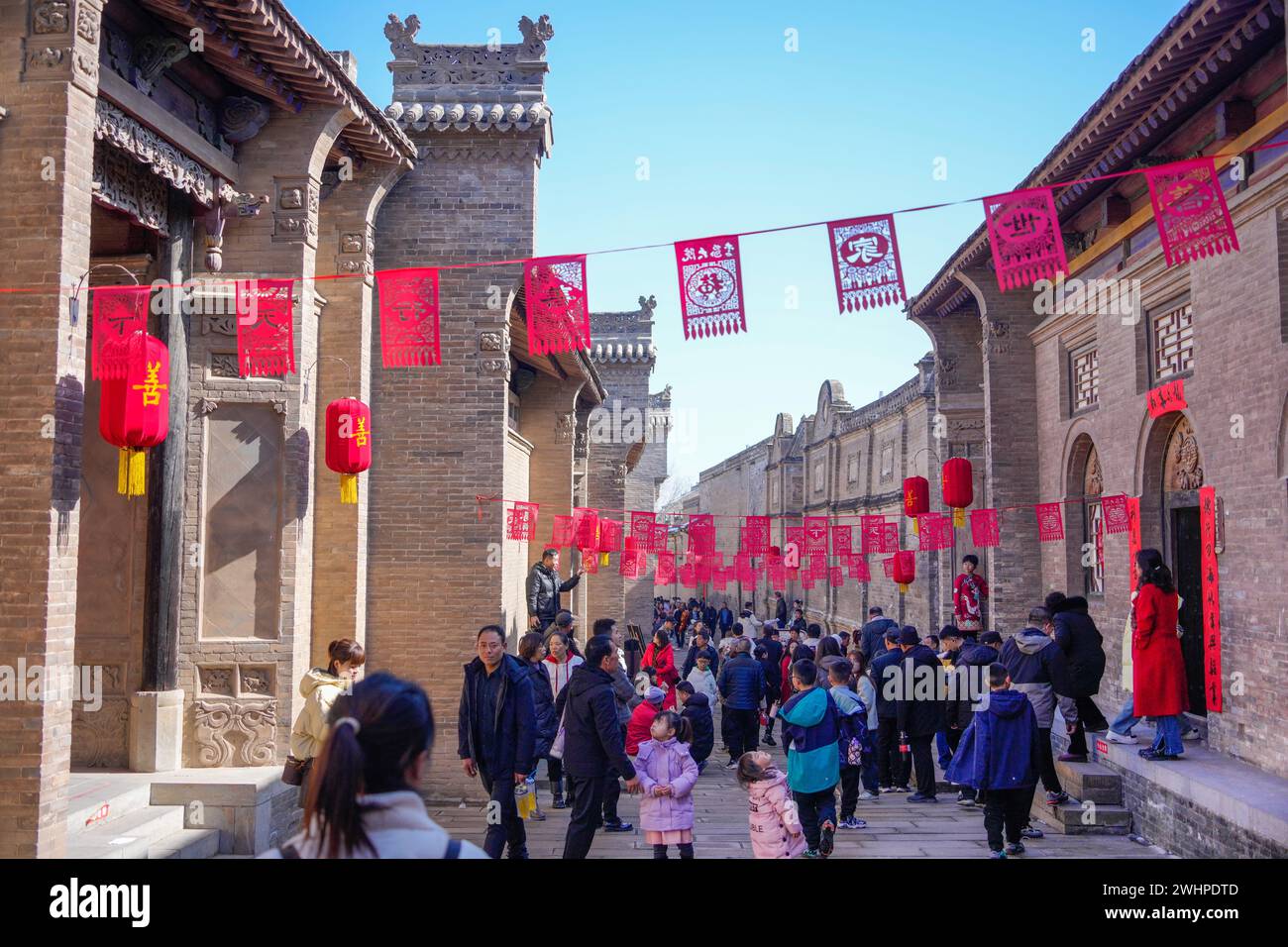
Li Family Courtyard.
- Architectural Features: Look for the traditional Chinese quadrangles, elegant Japanese sliding doors, and striking Gothic elements that reflect Li Ziyong’s education in Britain and his intercultural marriage.
- Cultural Significance: The courtyard is adorned with 365 inscribed characters of “shan” (benevolence), serving as a family motto and a reminder of the Li family’s commitment to good deeds.
- Art and Decoration: Marvel at the intricate brick, wood, and stone carvings that depict cultural symbols of happiness, wealth, and longevity, common in Han cultural heritage.
Nearby Attractions
- Yuncheng Folk Custom Museum: Learn more about local traditions and customs.
- ZhongGuo WanRong XiaoHua BoLanYuan: Discover local art and floral exhibitions.
- Shanxi Charity Museum: Explore the philanthropic history of the region.
Dining and Accommodation
While dining options within close proximity may be limited, local eateries in Wanrong County offer authentic Shanxi cuisine, characterized by its hearty flavors and use of local ingredients. For a more comfortable stay, consider booking a hotel in Yuncheng, where you will find a variety of accommodations ranging from budget to mid-range.
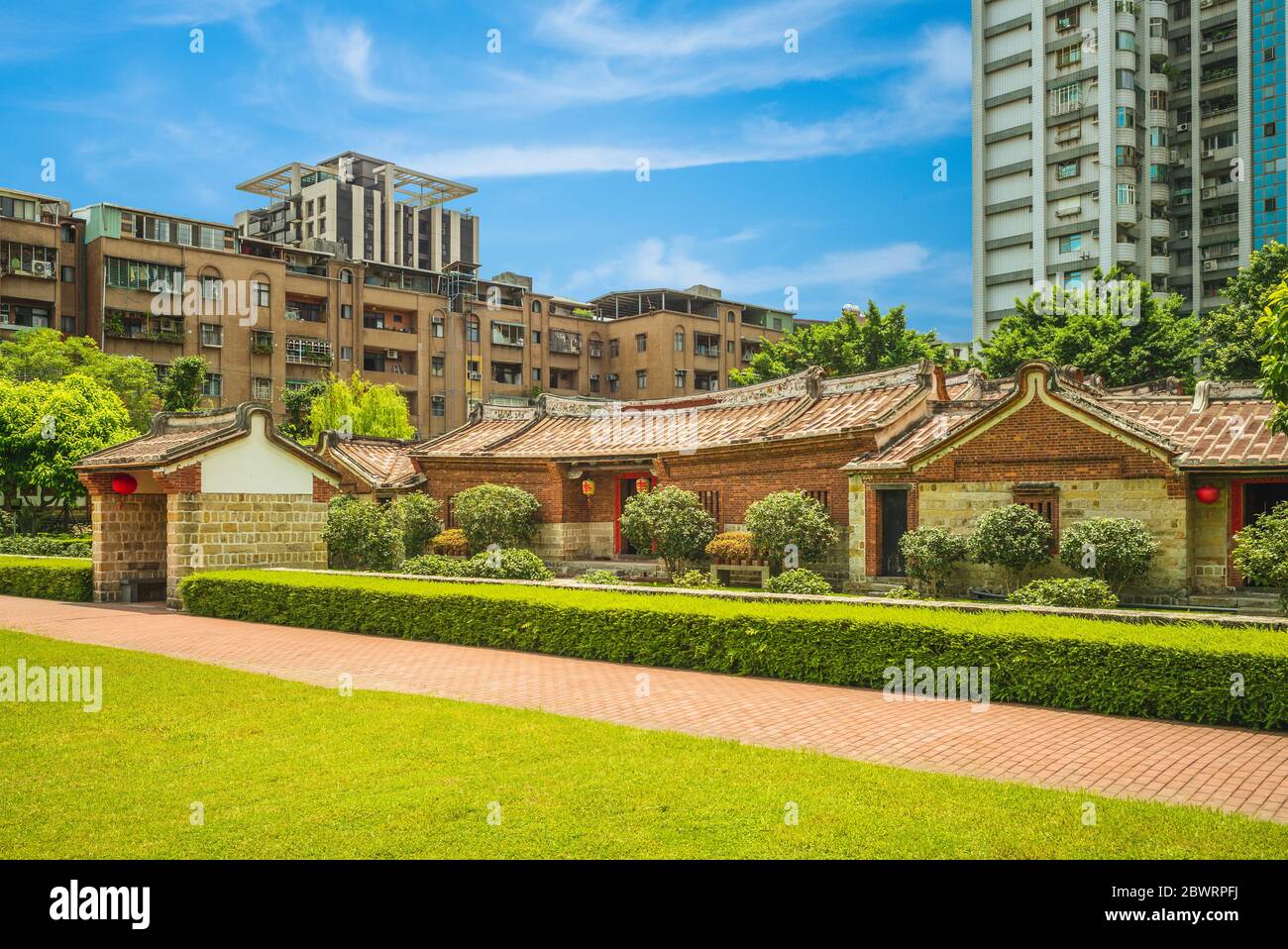
Li Family Courtyard.
Tips for Your Visit
- Dress Comfortably: Wear comfortable shoes as you will be walking on uneven surfaces and exploring multiple courtyards.
- Photography: Don’t forget your camera! The architectural details and scenic gardens provide ample opportunities for stunning photographs, but be respectful of any restrictions in certain areas.
- Language: While some staff may speak basic English, it’s helpful to learn a few Chinese phrases or use translation apps for a smoother experience.
Conclusion
The Li Family Courtyard is more than just a historic site; it is a vibrant narrative of Chinese history, culture, and architectural innovation. As you walk through its halls and courtyards, you’ll not only witness the beauty of its design but also the enduring legacy of the Li family and their contributions to Shanxi’s rich cultural tapestry. Plan your visit today, and immerse yourself in the history that awaits within these storied walls.
Tickets: Prices, Booking, and Tips
Visiting the Li Family Courtyard offers a unique glimpse into the opulent lifestyle of Shanxi’s wealthy merchants during the Qing Dynasty. To make the most of your trip, it’s essential to understand the ticketing process, pricing, and some handy tips for a seamless experience.
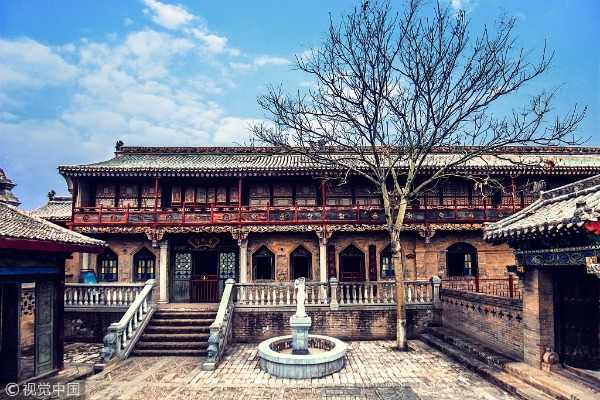
Li Family Courtyard.
Ticket Information
-
Price: The admission fee is generally around CNY 40 (approximately USD 6), making it an affordable option for exploring this historical site.
-
Opening Hours: The courtyard is open daily from 8:00 AM to 6:00 PM, with the last admission at 5:30 PM. It’s wise to plan your visit accordingly to ensure you have ample time to explore the site.
-
Recommended Duration: Allocate 2 to 3 hours for your visit. This timeframe allows you to fully appreciate the intricate architecture and the rich history encapsulated within the courtyards.
Booking Tips
-
Advance Purchase: While tickets can often be purchased at the entrance, it’s advisable to buy them in advance during peak tourist seasons to avoid long lines. Online platforms such as Trip.com or local travel agencies offer convenient booking options.
-
Group Discounts: If you’re traveling with a group, inquire about potential discounts for bulk ticket purchases. This can enhance your experience while saving some costs.
Additional Tips
-
Guided Tours: Consider joining a guided tour to gain deeper insights into the Li Family’s history and the architectural styles present in the courtyard. Many tour guides are well-versed in the cultural significance of the site and can enrich your visit with fascinating anecdotes.
-
Photography: Don’t forget your camera! The unique blend of Chinese, Japanese, and European architectural styles offers countless photo opportunities. Early morning or late afternoon light can provide the best conditions for photography.
-
Cultural Etiquette: As with any historical site, respect the surroundings. Keep noise to a minimum, and be mindful of other visitors who are also there to enjoy the serene beauty of the courtyard.
-
Explore the Surroundings: After visiting the courtyard, take some time to explore the nearby attractions, such as local museums and gardens that reflect the rich heritage of Yuncheng.
By keeping these details in mind, you can ensure a rewarding visit to the Li Family Courtyard, immersing yourself in the history and culture of this remarkable site in Shanxi Province. Enjoy your journey into the past!
How to Get There: A Complete Transportation Guide
Getting to Li Family Courtyard: A Comprehensive Transportation Guide
Visiting the Li Family Courtyard (李家大院) offers a unique glimpse into the rich cultural tapestry of Shanxi Province. Nestled in Yanjing village, Wanrong County, this historic site is best accessed through a combination of modern transportation options. Whether you’re arriving from nearby cities or embarking on a longer journey across China, here’s how to navigate your way to this architectural gem.
By Air
Nearest Airport:
– Yuncheng Guangong Airport (YCU)
Located approximately 30 kilometers from the Li Family Courtyard, Yuncheng Guangong Airport connects to major cities like Beijing and Shanghai.
From the Airport:
– Taxi: The most straightforward option is to take a taxi directly to the courtyard. The journey should take around 40 minutes and cost approximately 100-150 CNY ($15-$23 USD).
– Airport Shuttle: If available, shuttle services may provide a more economical option, but it’s essential to check the current schedule.
By Train
Closest Train Stations:
– Yuncheng Railway Station
This station is well-connected to various cities, including Taiyuan and Xi’an.
From the Train Station:
– Taxi: Upon arrival, taxis are readily available outside the station. The ride to the Li Family Courtyard will take about 30 minutes and cost around 60-80 CNY ($9-$12 USD).
– Public Bus: For a more budget-friendly option, take a local bus to Wanrong County. From there, you can either walk or catch a taxi to Yanjing village.
By Bus
Long-Distance Buses:
– Buses to Yuncheng operate from major cities like Taiyuan, Xi’an, and Datong. The Yuncheng Bus Station is centrally located and provides easy access to local transport.
From the Bus Station:
– Taxi: A taxi from the Yuncheng Bus Station to the Li Family Courtyard will take about 30 minutes and cost roughly 60-80 CNY ($9-$12 USD).
– Local Buses: Check local routes for buses heading to Wanrong County, then take a short taxi ride or walk to the courtyard.
By Car
Driving Directions:
– If you prefer the freedom of driving, renting a car is an excellent way to explore the scenic countryside of Shanxi. From Yuncheng, take the G55 highway north to Wanrong County, and follow local signs to Yanjing village. The total drive is approximately 38 kilometers and takes about 40 minutes.
Parking:
– There is parking available near the Li Family Courtyard, making it convenient for those who drive.
Local Transportation
Once you arrive in Wanrong County, local taxis and ride-hailing services like Didi are widely available. These services are highly recommended for navigating the area, especially if you wish to explore other cultural sites nearby.
Tips for Travelers
- Language: While many transportation staff may speak basic English, having your destination written in Chinese can be helpful.
- Cash: Ensure you carry some cash, as not all taxis or local buses may accept cards.
- Timing: The Li Family Courtyard is open daily from 8:00 AM to 6:00 PM, with last admissions at 5:30 PM. Plan your arrival accordingly.
By following this guide, you’ll be well on your way to experiencing the rich history and stunning architecture of the Li Family Courtyard. Safe travels!
Local Cuisine and Accommodation Nearby
When visiting the Li Family Courtyard in Shanxi Province, travelers not only have the chance to step back in time to experience the rich heritage of this grand residence but also to indulge in the local cuisine and find comfortable lodging nearby. Here’s a guide to some delightful dining and accommodation options that capture the essence of the region.
Culinary Delights
1. Shanxi Noodles (刀削面)
A trip to Shanxi would be incomplete without tasting its famous knife-cut noodles. These chewy, hand-sliced noodles are often served in a rich broth with various toppings such as braised pork, vegetables, and chili oil. Look for local eateries like Yancheng Noodle House located not far from the courtyard, where you can savor this beloved dish in a casual setting.
2. Qiaojiu (桥酒)
This traditional Shanxi rice wine is known for its unique flavor and is often enjoyed during meals or social gatherings. Many local restaurants offer it, and it pairs beautifully with the region’s hearty dishes.
3. Yangqu’s Sliced Lamb (阳曲羊肉)
For meat lovers, the sliced lamb from the nearby Yangqu area is a must-try. It’s typically prepared with aromatic spices and served with flatbread or rice. Lamb Restaurant in Yuncheng city is a popular spot for this dish.
4. Local Snacks
Be sure to try the Shanxi pancakes and fried dough twists, which are often sold by street vendors. These snacks provide a quick and tasty way to experience local flavors while exploring the area.
Recommended Accommodations
1. Yuncheng Hotel
Located about 40 kilometers from the Li Family Courtyard, Yuncheng Hotel offers comfortable rooms with modern amenities. Guests can enjoy a blend of local hospitality and contemporary comforts, making it an excellent base for exploring the region.
2. Wanrong Ancient Town Inn
For a more traditional experience, consider staying at the Wanrong Ancient Town Inn. This charming inn is designed to reflect the architectural style of the area and provides a cozy atmosphere perfect for relaxation after a day of sightseeing.
3. GreenTree Inn Yuncheng
A reliable option for budget-conscious travelers, GreenTree Inn in Yuncheng offers clean and comfortable accommodations. It’s conveniently located, making it easy to access both the Li Family Courtyard and local restaurants.
4. Hanting Express Yuncheng
If you prefer a familiar hotel chain, Hanting Express offers affordable rates and a standard quality experience. It’s an excellent choice for travelers looking for convenience without compromising comfort.
Conclusion
Exploring the Li Family Courtyard is a journey into the heart of Shanxi’s cultural heritage, and it’s complemented perfectly by the region’s delectable cuisine and welcoming accommodations. Whether you’re diving into a bowl of knife-cut noodles or resting in a cozy inn, you’ll find that this part of China offers a rich tapestry of experiences for the discerning traveler.
Frequently Asked Questions
Frequently Asked Questions About Li Family Courtyard
1. Where is the Li Family Courtyard located?
The Li Family Courtyard is situated in Yanjing village, Wanrong county, Yuncheng city, Shanxi province, China. It’s approximately 38 kilometers north of Yuncheng city.
2. What is the historical significance of Li Family Courtyard?
Built during the reign of the Daoguang Emperor in the Qing Dynasty (1821-1850), the courtyard served as the residence of Li Ziyong, a wealthy merchant. It reflects the cultural amalgamation of Chinese, Japanese, and European architectural styles, showcasing the family’s rich history in commerce and industry.
3. How many courtyards are there in the Li Family Courtyard complex?
Originally, there were 20 courtyards, of which 11 are well-preserved today. The entire complex covers an area of approximately 100,000 square meters, including an ancestral temple and garden.
4. What architectural styles can be found at Li Family Courtyard?
The courtyard features a unique integration of various architectural styles, including traditional Chinese quadrangle design, Japanese sliding doors, and elements of European Gothic architecture, reflecting the family’s diverse cultural influences.
5. What are the visiting hours and entry fees?
Li Family Courtyard is typically open from 8:00 AM to 6:00 PM, with last admissions at 5:30 PM. Entry fees may vary, so it’s best to check with local resources or ticket platforms for the most current pricing.
6. How long should I plan to spend at Li Family Courtyard?
A visit to Li Family Courtyard usually takes about 2 to 3 hours, allowing ample time to explore the courtyards, appreciate the intricate carvings, and take in the historical context.
7. Are there any facilities available for visitors?
Yes, the site provides various visitor facilities, including parking and information centers. It’s advisable to check for specific amenities before your visit to ensure a comfortable experience.
8. What nearby attractions should I consider visiting?
While in the area, you may want to explore other attractions such as the Yuncheng Folk Custom Museum, Shanxi Charity Museum, and ZhongGuo WanRong XiaoHua BoLanYuan, all of which offer additional insights into the region’s rich cultural heritage.
Final Thoughts on Your Trip
As you reflect on your visit to the Li Family Courtyard, the echoes of history, architecture, and culture will undoubtedly linger in your mind. This remarkable site is not just a residence; it is a testament to the rich tapestry of Shanxi’s merchant legacy, showcasing the harmonious blend of Chinese, Japanese, and European architectural styles. The craftsmanship displayed in the intricate carvings and thoughtful design invites you to delve deeper into the lives of the Li family, who transitioned from agriculture to commerce and industry, all while emphasizing benevolence and education.
Key Takeaways from Your Journey:
- Cultural Fusion: Experience the unique architectural styles that reflect the family’s diverse influences, particularly through Li Ziyong’s education and marriage in Britain.
- Benevolence and Values: The inscriptions of shan serve as a daily reminder of the family’s commitment to good deeds, offering insight into the virtues cherished by the Li clan.
- Historical Significance: Discover how the Li family’s journey from traditional agriculture to modern capitalism mirrors the broader transformations in Chinese society during the Qing Dynasty.
Final Thoughts
Your exploration of the Li Family Courtyard is a captivating chapter in your journey through Shanxi, allowing you to appreciate the intertwining of personal and national history. Take a moment to walk through the courtyards, absorb the stories embedded in the walls, and reflect on the lessons of resilience and innovation that continue to inspire generations. As you leave, carry with you not just memories, but a deeper understanding of a unique cultural heritage that has shaped this region and its people. Your adventure in Shanxi is just the beginning of a lifelong appreciation for the intricate narratives that define Chinese history and culture.